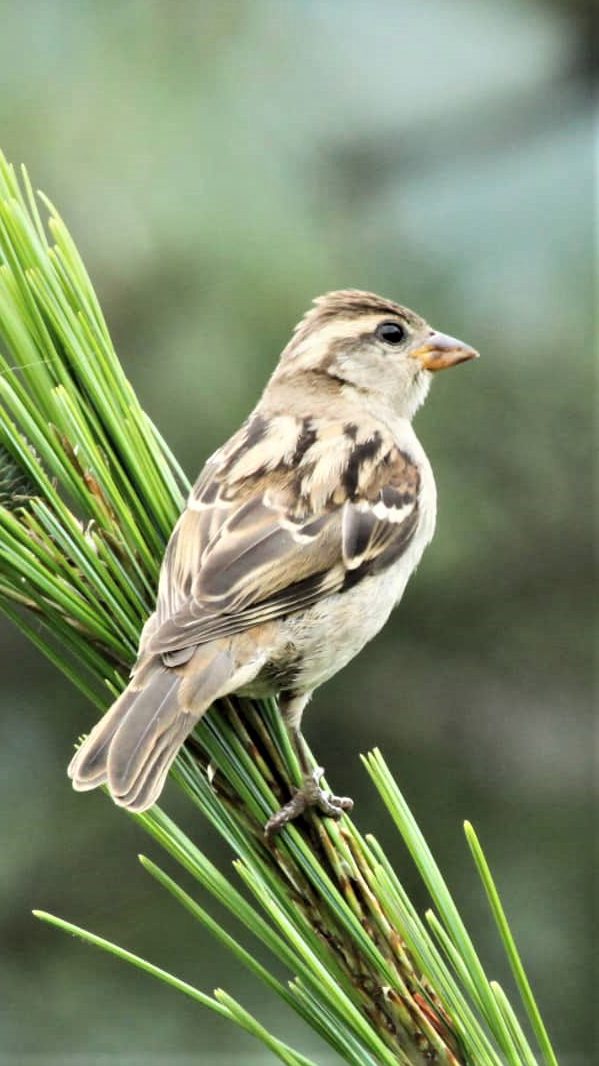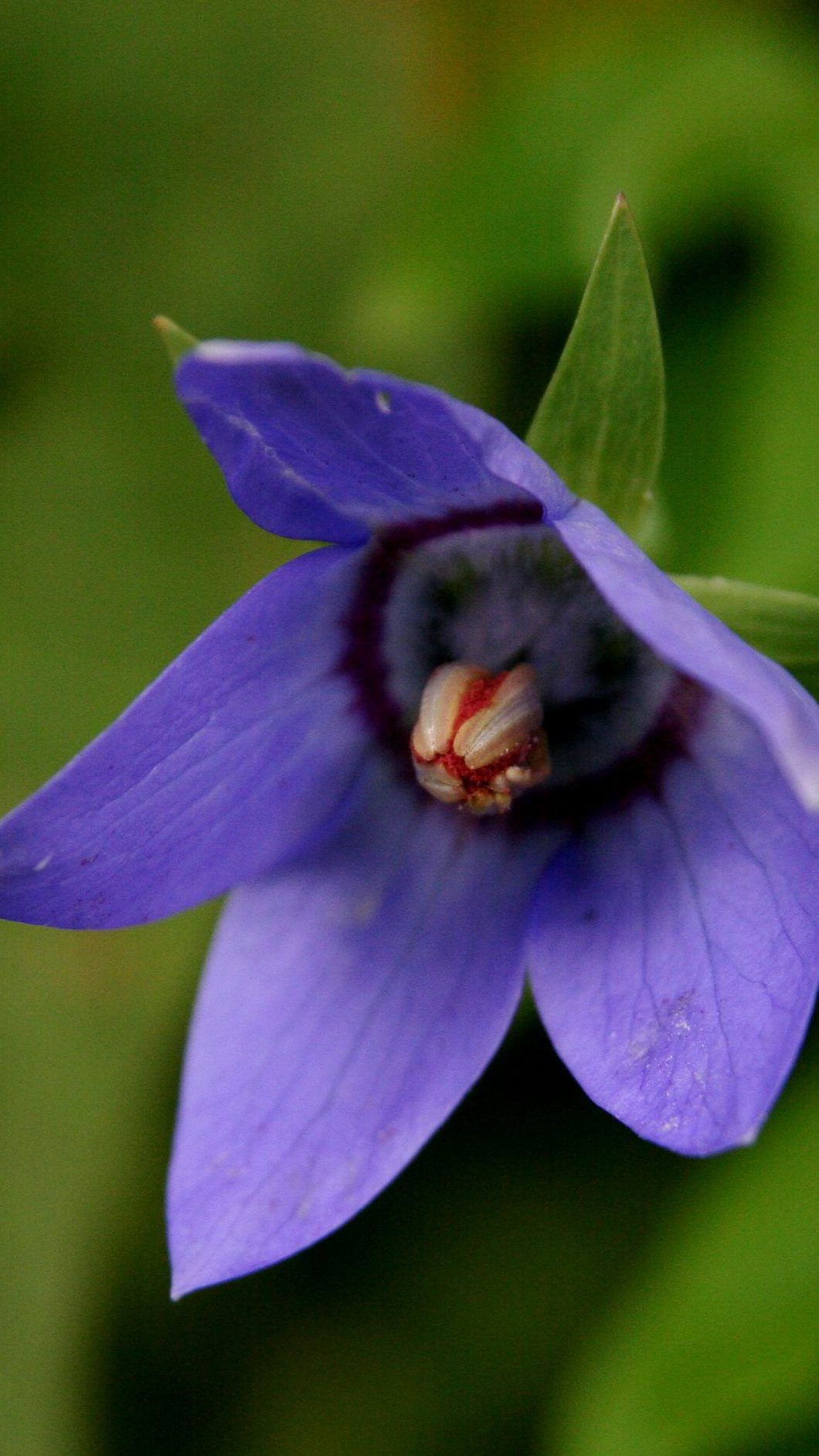72%
Forest Cover
5,500
Species
Negative
Carbon Emissions
8000 ft
Above sea level (average)

For centuries, the Bhutanese have treasured their natural environment and have looked upon it as the source of all life. This traditional reverence for nature has delivered Bhutan into the 21st century with an environment still richly intact. One of Bhutan’s ancient names was Menjong Yul, meaning ‘the land of Medicinal Herbs’ and rightfully so.
Nature in its true resplendence lures tourists from all over the world to visit Bhutan. Bhutan has been a pioneer in demonstrating development which is ecologically balanced. Kingdom’s bio-diversity flourishes even though globally there are deep concerns about the destruction being caused in the name of development. Bhutan is still an environmentalist’s dream.
More than 70% of Bhutan’s land is still under forest cover. The record on carbon sequestration is greater than it’s emission by a factor of two. Some 26.23% of the country’s area is protected through National Parks. In addition, a further 9% has been declared as Biological Corridors, connecting protected areas, and there are a series of Conservation Areas intended to protect important conservation sites outside the formal Protected Areas system. As a result, more than 35% of the country’s area is under the protection of some form of conservation management. This system serves as a globally unique system for in site conservation of biodiversity. None of these parks have been developed to be tourist attractions. In many cases guests are not even aware when they enter or leave a national park or wild life sanctuary.
The country ranks amongst the top ten percent of highest species density (species richness per unit area) in the world.
Regarding diversity at the species level, inventories have indicated that over 5500 species, including 300 species of medicinal plants and over 50 species of rhododendrons. Of the more than 600 species of orchid, most are commonly found up to 2100m, although some hardy species thrive even above 3,700m.
Tropical evergreen forests growing below 800m are repositories of unique bio-diversity. The next vegetation zone is the subtropical grasslands and forests found between 900m and 1800m. The rhododendron tree is found in this zone, along with forests of oak, walnut and sal, and numerous varieties of orchid. Temperate zone is a region of great diversity, largely influenced by the elevation. The tropical vegetation of the lower zones gives way to dark forests of oak, birch, maple, magnolia and laurel. Above 2400 altitude is the home of spruce, yew, and weeping cypress, and higher still, growing up to the tree line, is the east Himalayan fir. Between the tree line and the snow line at about 5,500m are low shrubs, rhododendrons, Himalayan grasses and flowering herbs.
Bhutan’s national flower, Blue Poppy grows above the tree line 3,500 – 4,500m elevation and can be found atop some high passes from the far eastern parts of the country all the way across to the west.
Along its southern border, the narrow tropical and subtropical belt supports the Asiatic elephant, greater one-horned rhinoceros, gaur, wild water buffalo, hog deer, tiger, clouded leopard, hornbill, trogon and other mammals and birds characteristic of Indomalayan species. 150 kilometers to the north, high Himalayan fauna include the blue sheep, Takin, musk deer, snow leopard, wolf and other species characteristic of the Pale arctic realm. The country is famous for migrating populations (about 350 birds) including the vulnerable black-necked crane in the valleys of Phobjikha, Bomdeling and Gyetsa.
For many countries, poaching, retaliatory killing in response to livestock losses has plagued the conservatory efforts for endangered species, however, in Bhutan to a large degree the religious propensity of people and sustainable compensative measure in place and general awareness have led to resounding success in this venture. According to recent census it is found that there has been a remarkable rise in population of the endangered Snow Leopard.
During the second half of the 20th century, Bhutan has seen its isolation steadily eroded by the inexorable forces of progress and development. Until then it was a country shrouded in mystery, untainted by any foreign influence. Although its seclusion prevented the Kingdom from fully benefiting from many developments of the modern world but it also shielded the country from many of the detrimental side effects of unplanned or haphazard development. As a result, while most of the Himalayan region has seen its natural resource base severely compromised through deforestation, soil degradation, erosion and pollution, while Bhutan’s natural extensive and varied forests, limited yet fertile and productive farmland, and pristine water and air remains, largely intact.

National Parks and Wildlife Sanctuaries
Jigme Singye Wangchuck National Park was formally known as the Black Mountain National Park. The varying altitude and rainfall in the areas have created a wide diversity of climatic conditions, making it a suitable home for many species of plants, animals and birds. The golden langur that is endemic to Bhutan, the rare clouded leopard, the red panda and the Royal Bengal tiger are also found in the park. This National Park is an important link between the northern and southern tiger population in Bhutan. The national park is also home to 391 bird species of which seven species are among the globally threatened species.
Situated at the very heart of the nation and covering 768 sq. Km, Thrumshing La National Park is Bhutan’s newest National Park, officially announced in July 1998. It is a source of awe and inspiration for numerous tourists and trekkers and tourism helps to sustain the lives of the communities within the park. With an effective management plan, dedicated park staff and WWF support, it should stay that way for generations to come.
Bhutan’s Crown Jewel, the Manas National Park represents the largest example of tropical and sub-tropical ecosystems in the country. To the north it borders the Jigme Singye Wangchuck National Park. Royal Manas was designated a wildlife sanctuary in 1966 making it Bhutan’s oldest protected area. More than 365 species of birds have been officially recorded in Royal Manas National Park with an additional 200 believed to be in residence.
Sacred peaks such as Jumolhari, Tsherimgang and Jichu Drakey are prominent landmarks in the park. Glaciers and glacial lakes are interspersed in the mountains forming important head waters for some of Bhutan’s main rivers. Charismatic animal species like the snow leopard, takin, tiger, black bears and red panda inhabit the forests and mountains of the park. This may be the only place in the world where the Royal Bengal tiger and snow leopard habitats overlap.
The sanctuary is home to around 100 species of mammals, including globally endangered species such as snow leopard, Royal Bengal tiger and red panda. Bumdeling Wildlife Sanctuary is also a paradise for butterflies, as of now 130 species are recorded and another 120 are expected to be found there.
It is characterized by thick carpets of rhododendrons, and in its habitat roam snow leopards, red pandas, Himalayan black bear, barking deer, Himalayan red fox, the hoary-bellied Himalayan squirrel and even the mythical Yeti. Bird species include the Assamese macaw, blood pheasant, grey backed shrike, grey headed woodpecker, common hoopoe, rufous vented tit and dark breasted rose finch. Plant life includes Bhutan’s national flower, the blue poppy, rhododendrons, primulas and gentiana, all of which transform the park into a garden of colors during spring time.
As it is located on the country’s southern border, the Khaling Wildlife Sanctuary adjoins a neighboring Indian wildlife sanctuary. The sanctuary’s altitude ranges from 400-2200m and it is inhabited by exotic animals like Elephants, Guars, Pygmy Hogs and Hispid Hares.
It encompasses 278 sq km and ranges from 200-1600m in altitude. It is home to rare and exotic animals such as Elephants, Tigers, Gaurs, Spotted Deer, Axis Deer, Hornbills and Golden Langurs. This park is Bhutan’s only natural Sal Forest.
The Wangchuck Centennial Park was formally inaugurated as a National Park in June 2008. The park is located in the north-central region of Bhutan and encompasses regions of 6 different Dzongkhags. With Bomdeling Wildlife Sanctuary to its East, Jigme Dorji National Park to its West and a continuous biological corridor to its South, the park is a crucial part of the network of protected areas in Bhutan. The Wangchuck Centennial Park is home to several incredibly rare and protected species such as the Royal Bengal Tiger, Snow leopard, Himalayan Musk Bear.
Located in Western Haa, the Torsa Strict Nature Reserve covers an area of 644 sq km. It ranges in altitude from 1400-4800 m and its vegetation includes broad-leaved forests and alpine meadows. This is the only nature reserve in the country that has absolutely no human inhabitants.
